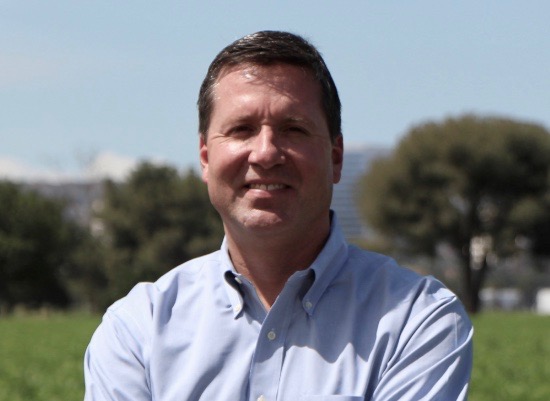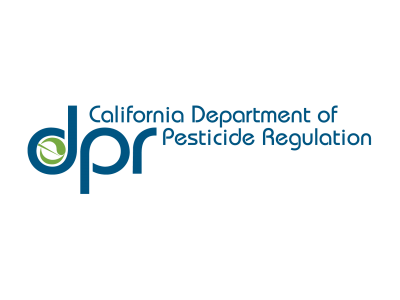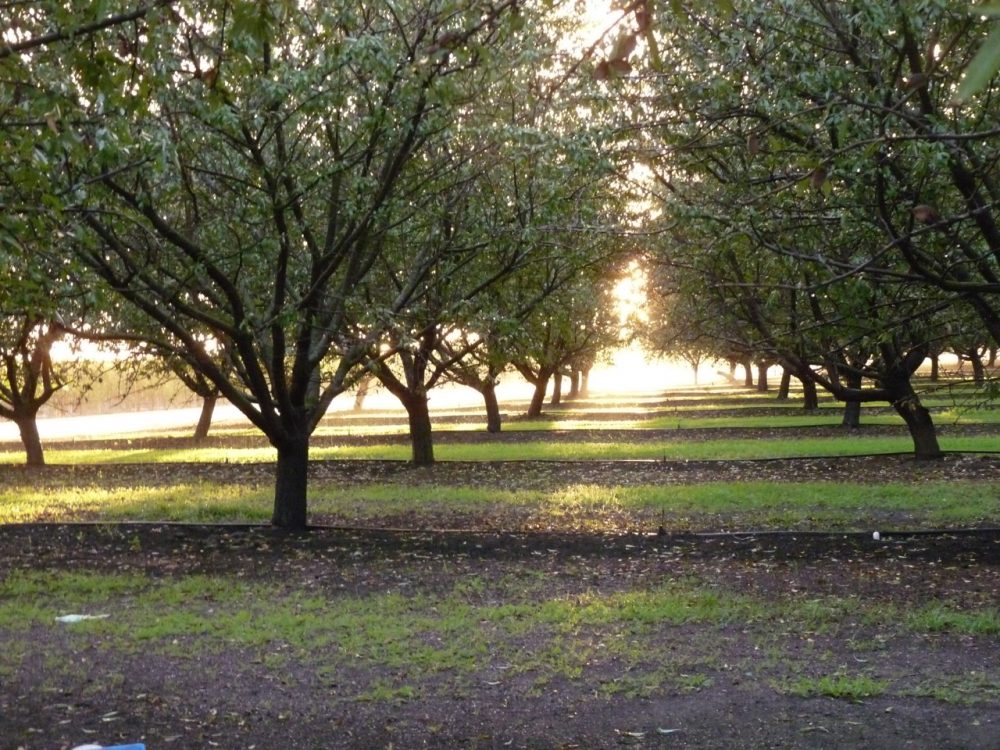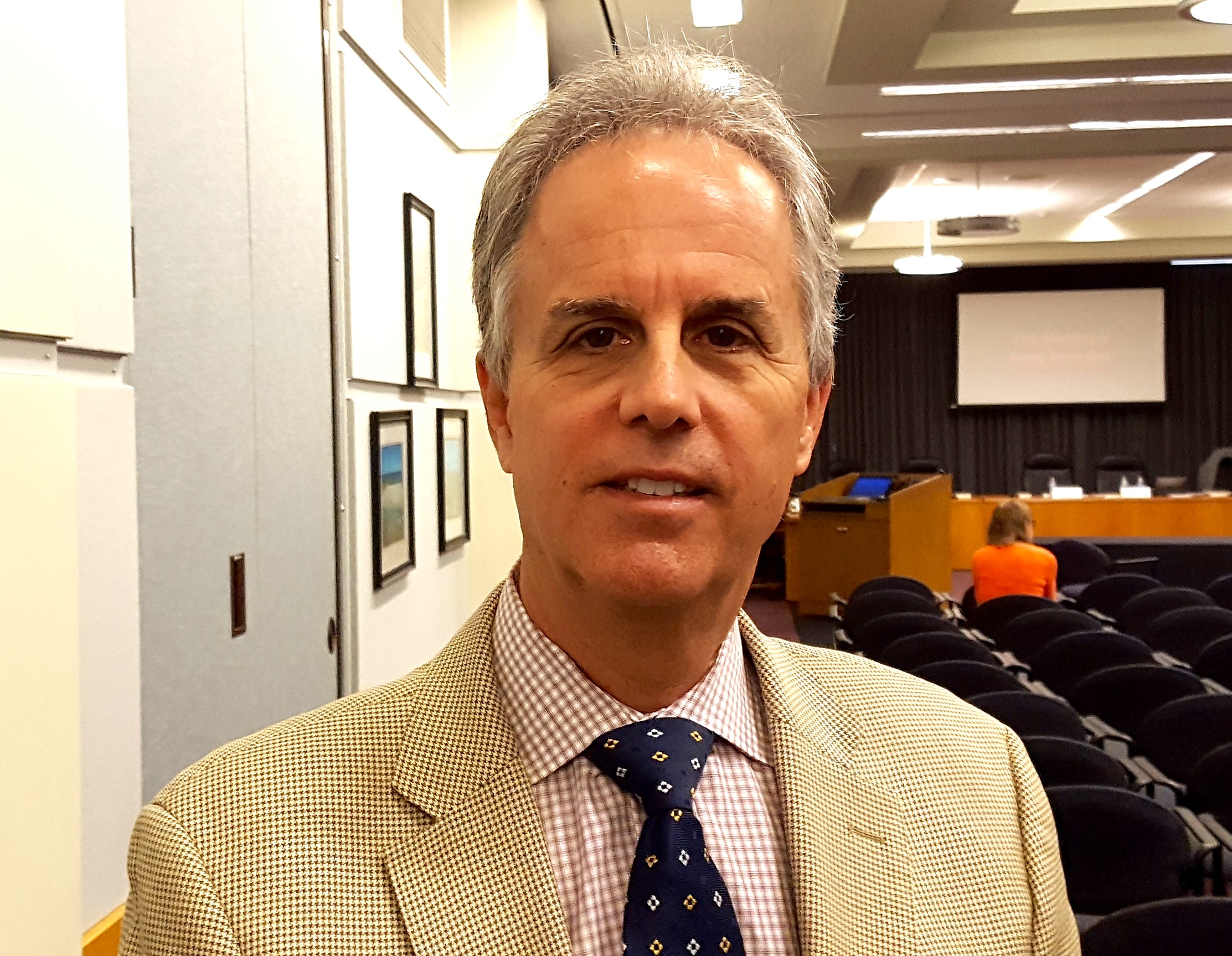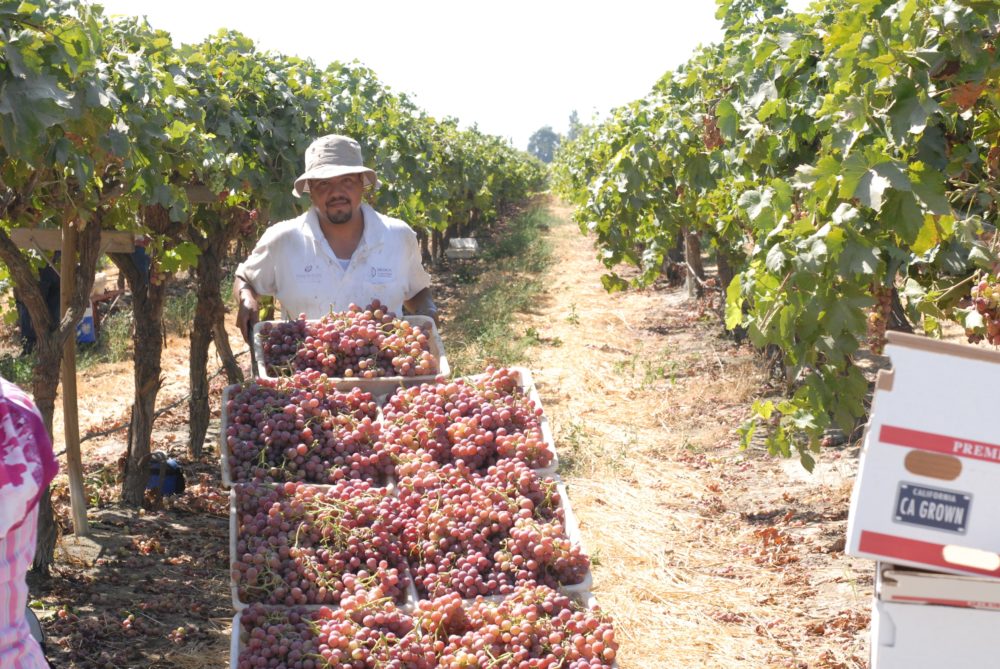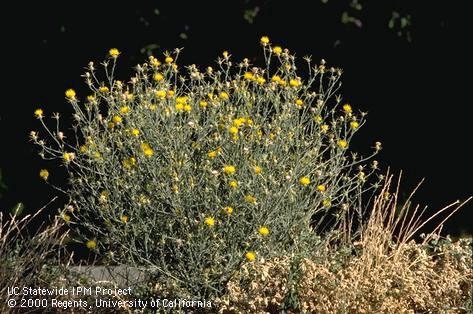Another CA Wheat Farmer Being Sued By EPA
From The Pacific Legal Foundation
Jack LaPant, A Wheat Farmer Sued for Plowing his Land
When most people think about preventing water pollution, they probably picture sewage plants and factories, spilling gunk into a river or lake right? But according to the Environmental Protection Agency (EPA) and the Clean Water Act (CWA), overturned dirt in a farmer’s field is technically the same thing as that noxious gunk: pollution.

Jack LaPant’s wheat crop, growing in March 2012, for which our federal government is threatening him with millions in penalties.
Yet one major side effect of considering dirt a pollutant is that doing so allows the government to regulate a farmer’s field in the same way that it would regulate chemicals being dumped in a river. This means that many farmers across the country have been forced to pay exorbitant fines and go through years of court battles simply for plowing their fields.
For example, Northern California farmer Jack LaPant is currently being sued by the EPA for plowing his property to grow wheat on it. He faces millions in penalties for plowing the dirt on his farm. His neighbor John Duarte had to pay $1.1 million to settle similar charges for which EPA officials threatened him with over $40 million in liability.
All in the name of “fighting pollution.”
The EPA treats small family farmers or someone building a home the same as massive cases of pollution. The reality is that they’re not the same, and treating them as such violates people’s property rights while harming the mission of protecting the environment. Yet there are solutions to this problem. Federal courts can clarify that plowing a farm does not pollute that farm, such as in Jack LaPant’s case. For its part, Congress could clarify that plowing dirt to make it grow plants better is not “pollution.” And the Trump administration could live up to its reputation for regulatory reform by not suing farmers for millions of dollars for plowing their farms.
We all want clean water. The EPA should stick to preventing actual water pollution, stop pretending that farm dirt pollutes farms, and leave the farmers alone. This is a national problem.
Pacific Legal Foundation is representing Farmer Jack LaPant


